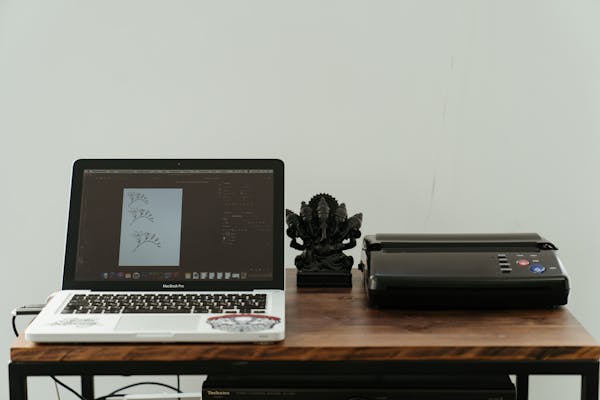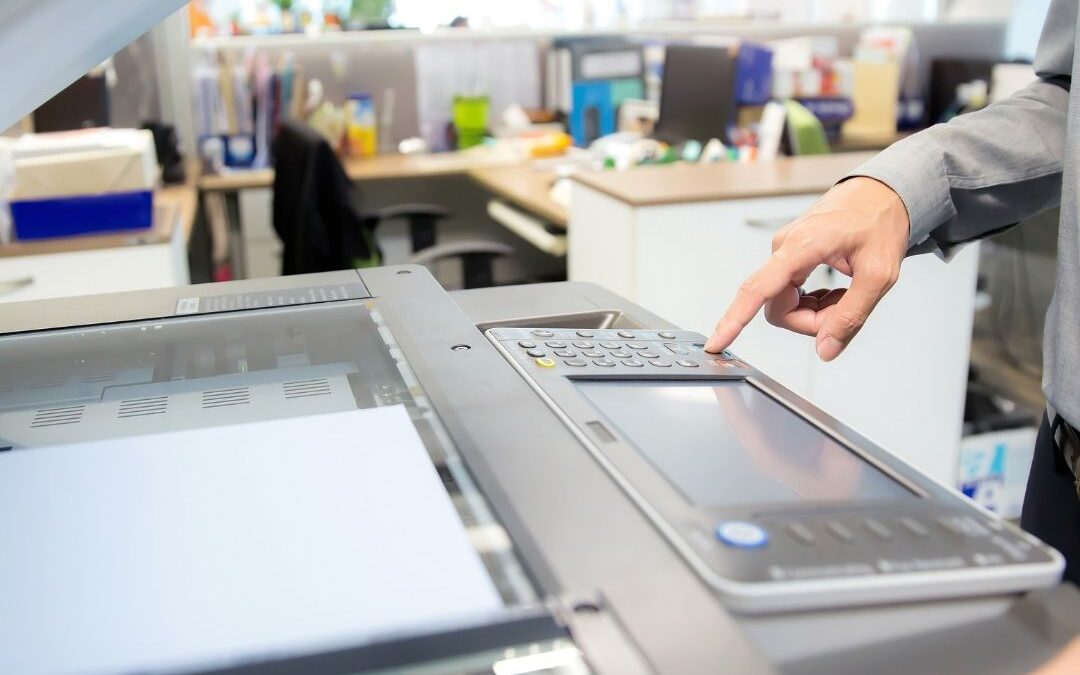Zink: Inkless Printing With Colorless Color
Photos: Joshua Dalsimer
Secret Sauce: Zink’s magic starts in a chemistry lab, where scientists build unique molecules, lay them onto paper, and then apply heat to turn them from colorless to colorful.
Click image to make larger
Herchen became Polaroid’s vice president of R&D and chief technical officer in 2003, overseeing these projects. It wasn’t a happy time. Even though the photo-kiosk prototypes were well received, the collapse of instant photography dragged the company down. Polaroid cropped its staff even further, down from a peak of 20 000 to fewer than 6000.
Juan C. Van Dijk, a mechanical engineer who was working in product development at the time, recalls “trying to throw every kind of analog camera at the wall to see if something would stick. We had new high-end instant cameras. We had a low-end camera with a hand crank instead of a motor that was supposed to sell for US $9.99. We were really desperately trying to have something succeed.”
But the ones and zeros of digital photography trumped the chemistry of instant photography. In 2001, Polaroid filed for Chapter 11 bankruptcy.
Meanwhile, in the labs, the researchers on the Onyx portable printer began to think about a new approach—or rather an old one. Printing with the dye-transfer process, as used in commercial photo kiosks and portable photo printers, was slow and cumbersome: The print actually had to make four passes through the printer, one for each of the three colors and one for an overcoat. It had to stay precisely aligned as the motor moved it back and forth. And the printer needed yet another motor to move the ribbon when required. (Inkjet printing moves the printhead instead of the paper, also a complicated mechanical process.)
It occurred to everyone on the Onyx and Opal teams that the trouble lay in applying the different colors. What if the colors were somehow already in the paper, waiting to be turned on, the way phosphors are on a TV screen? It came back to the colorless-color problem that Herchen had tried and failed to solve. He’d been trying to create color that could be activated by light, but that hadn’t worked out—it was simply too difficult. But in the meantime, heat-activated color had become as common as a cash-register receipt. These devices used printheads full of tiny resistors that applied pulses of heat to paper, not so different from the printheads used in the dye-transfer device. No one was doing full-color photographic printing using heat-activated color, but that didn’t mean it wasn’t possible.
The single-color heat-sensitive papers already on the market used two colorless chemicals that formed a color when they merged. Single substances involved much simpler chemistry, which was important given the complexity already inherent in getting three colors in one paper. So the chemists in the company began developing single substances that were colorless in their solid crystalline state but intensely colored when melted out of crystal form, staying colored when cooled.
It took nearly three years to find chemicals that could produce yellow, cyan, and magenta. The next problem was how to control them; if you put all three colors in a single sheet of paper and used heat to activate all of them equally, you’d end up with mud.
It was time to get Polaroid’s electrical engineers and physicists involved. Brian Busch, a Ph.D. physicist who’d been working at the company for about four years, was the first to tackle the printhead problem. It was an exciting time, Busch recalls: “There’s the feeling of being the core of the team that’s working on the new thing, the future, the project that is going to save the company. And there was an incredible spirit of teamwork. I didn’t want to let down the chemists who had worked so hard to come up with these brilliant molecules that perform their magic so reliably. All I had to do was to get this obstreperous piece of hardware to produce some heat and melt the dye.”
it wasn’t all that simple. Busch and the two dozen engineers who worked with him on the hardware module needed to rethink the operation of thermal printheads. Existing thermal printers dealt with just one color at a time, so their resistors simply had to be hot or not. But the Onyx team needed to control three colors, and they intended to do it in a single 30-second pass across the printhead. Their idea was to fine-tune those colorless colors to activate at different temperatures, then precisely control the printhead to deliver the right amount of heat for the right amount of time for each of the 300 dots in each square inch of the print.









